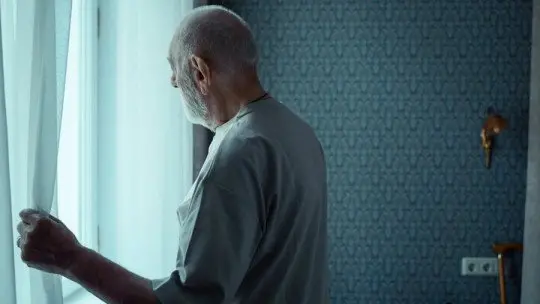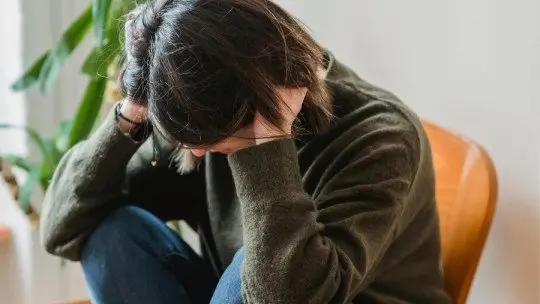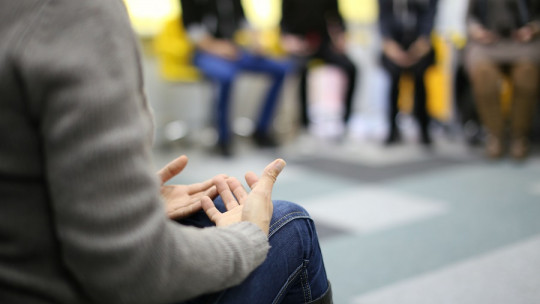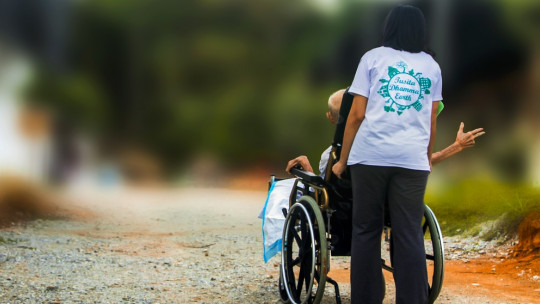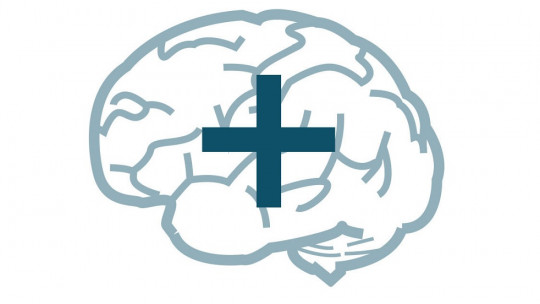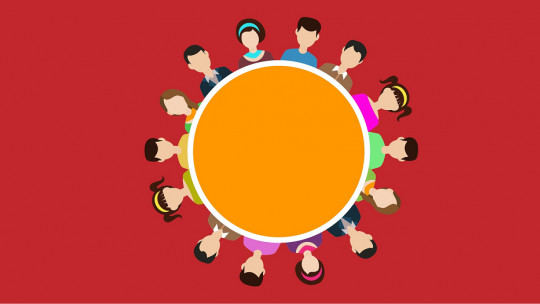
Mutual Help Groups in mental health They have been significantly positioned as one of the most effective strategies to accompany and improve situations of psychological suffering related to different experiences.
Taking as reference different guides for Mutual Aid Groups in mental health, developed by the first-person associative group Activament (2014; 2018), we will explain below some of the main characteristics and functions of these groups.
Collective help strategies: Mutual Aid Groups
Mutual Aid Groups (GAM) are spaces where different people share life experiences related to a problem or specific difficulty. People come together and share these experiences with the intention of improving their situation, learning collectively and providing reciprocal support.
These are groups that have been around for a long time and can vary based on the specific experience being shared. For example, there are groups for people who are going through an addiction situation, or for people who are in a grieving process, or for those who have an illness in common, or for the relatives of those who have a diagnosis, among many others.
In the specific case of Mutual Help Groups for people who have in common the experience of a diagnosis of mental disorder, they are generally informal spaces where people share their experiences in an open and reciprocal manner.
Besides, They aim to abandon the sick role, which will help respond to the different difficulties generated by the stigma and self-stigma that accompanies diagnoses of mental disorder. Although the central topic is the experience related to psychological discomfort (which may or may not include a diagnosis), the meetings also address issues of each person’s daily and personal life.
5 characteristics of a GAM
There are a series of elements that are necessary for a group to be considered not only as a group of people who meet and talk about their life experiences, but as a Mutual Aid Group, where beyond sharing these experiences it is about ensure that its members improve their situation in an accompanied and reciprocal manner Some of the main characteristics of GAMs are the following:
1. Share experiences and needs
Since the main objective of Mutual Aid Groups is, as their name indicates, to provide reciprocal help to each other, It is essential that the help be about the same experience The latter can connect with other experiences, which will be different from those of other people, however, there must be one that everyone has in common.
2. Participation by own decision
Another characteristic of Mutual Aid Groups is that the person who has the experience decides voluntarily to attend the meetings and be part of the group. No one is obligated to participate, nor is said participation carried out by forced prescription from someone external. It is about seeking that the person who has the experience takes an active position Before this.
The above is important in the case of people who have a mental health diagnosis or an experience of psychological suffering, since they frequently assign themselves and assume passive and under-empowered roles.
3. Periodic meetings
It is necessary for Mutual Aid Groups to meet with certain frequency, so that their objectives are achieved. In other words, Mutual Aid Groups do not meet on a single occasion. It is very important that members generate links with each other and recognize their own and others’ needs with sufficient confidence and complicity so that the meetings have some continuity.
4. Small groups
To promote a climate of trust and complicity, it is important that GAMs are made up of a small number of people. This makes it easier for all members to participate and exchange their experiences with a feeling of closeness.
Besides This facilitates the organization of the group in other ways, ranging from speaking time to interpersonal knowledge. It shouldn’t be too small a group either. Between 5 and 10 members is a recommended number.
5. Horizontality (there are no hierarchies)
One of the most important characteristics of Mutual Aid Groups is that there are no role differences between members. They are based on the principle of horizontality, which means that there are no different hierarchies. In this sense, Rules related to group moderation are the responsibility of the entire group
The principle of horizontality makes it possible for a climate of trust and complicity to be established, and, unlike what happens in therapeutic sessions, the people who are part of the GAM acquire an active role in their own experience.
The main values of a GAM
The voices of all people are recognized as having equal importance. One of the most important values for Mutual Aid Groups in mental health is respect, which involves valuing diversity and encouraging that each person can make their own voice heard, with their own ideas and life experiences. In the same sense, the value of inclusion is very important, ensuring that all people can share their voices with equal opportunities. And also the opposite: no one is obliged or pressured to speak during the sessions.
Likewise, it is important to maintain confidentiality, that is, not to explain the experiences of the participants to people outside the group. In this line it is also necessary maintain commitment to the group which means ensuring that attendance at the sessions occurs regularly and dedicating the necessary time to it.
Finally, people who participate in a GAM come with the intention of expanding their social networks, interacting with people who have the same experiences, and also to avoid the rejection that can occur in other spaces.
Are GAMs in mental health the same as group therapy?
The difference between a GAM and group therapy is that, although GAM can benefit the mental health and well-being of participants, it is not considered psychotherapy. This is because there is no psychotherapist figure who is present in the group sessions. And they are also different from group therapy because GAMs are not part of the treatment logic, while participants are not expected to assume patient-therapist roles. Experiences are shared and worked on from first-person knowledge, not from external “academic knowledge.”


